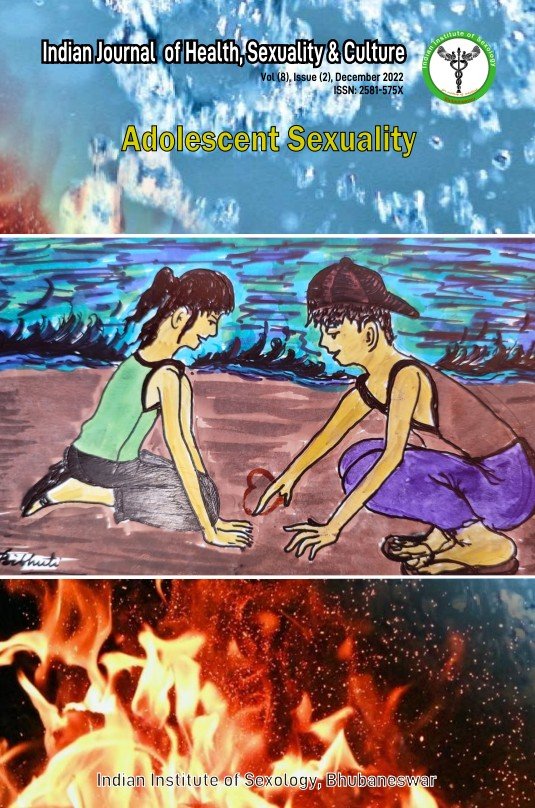Sexuality in intellectually disabled adolescents: The one who should not be named
Main Article Content
Abstract
Approximately every third person of the world’sdisabled population is an adolescent, with 80% comingfrom developing nations, among which intellectualdisability affects many adolescents. The prevalence ofintellectual disability (ID) among adolescent children inIndia is 2 %.Transition during adolescence is unique to eachindividual with ID, including physical, emotional, andsexual changes and is challenging for them due toinsufficient intellectual capacity to understand thesechanges. They face a lot of challenges like adjustmentissues to pubertal changes, sexual abuse, sociallyinappropriate behaviour, disturbed family dynamics etc.They are even hesitant to discuss their sexual practiceswith family members or care givers.Belief in this misconception that encouraging sexualdialogues may make them a target of sexual violence orexploitation can lead to a reluctance to provide sexualhealth education to intellectually disabled youth.Strategies like effective transition planning, medicalsupport during puberty, and education on sexual healthtailored for adolescent children with ID may contributeto smooth sexual transitioning for these adolescents.

